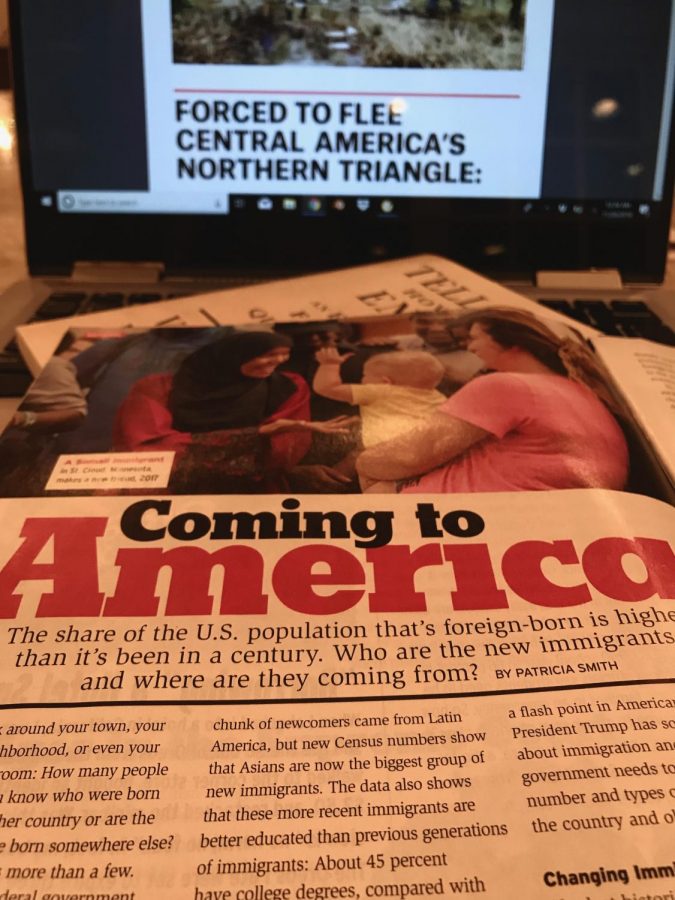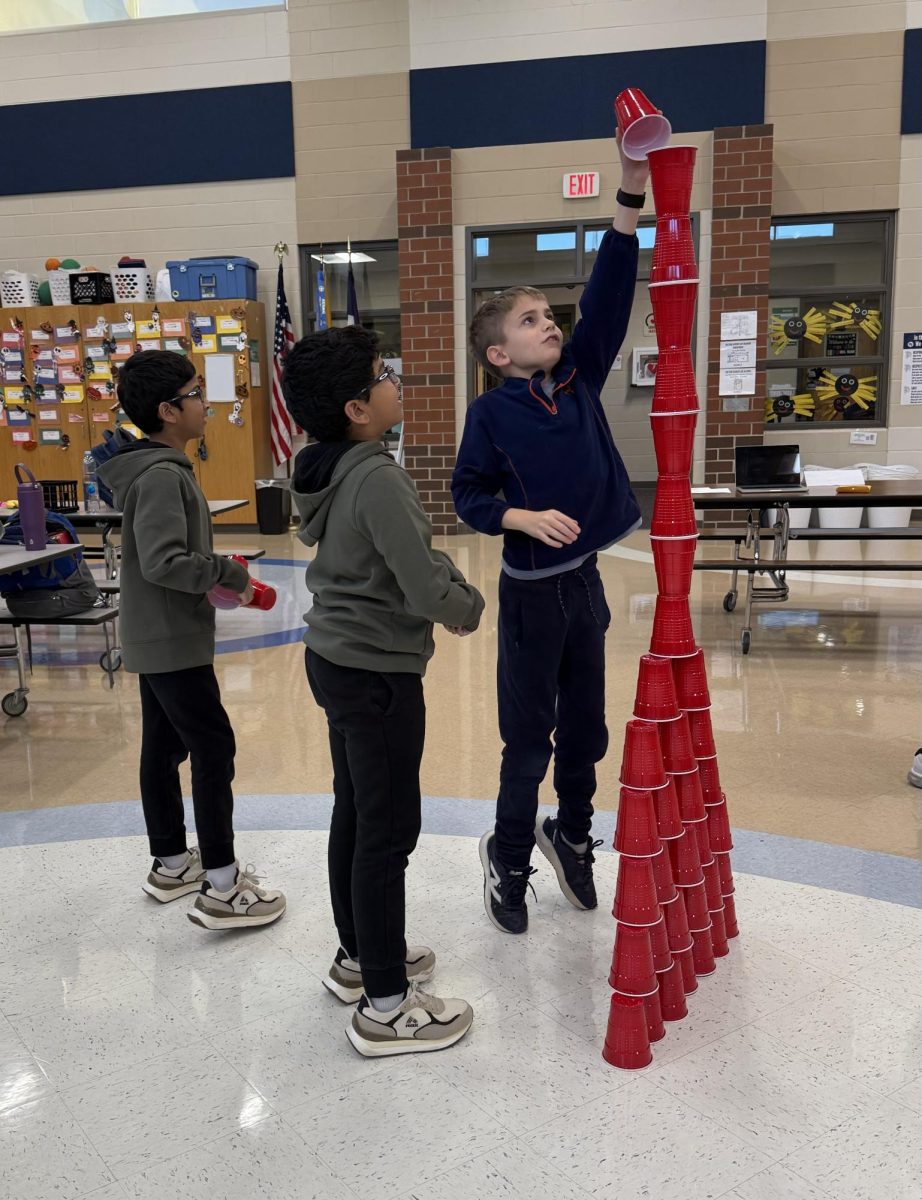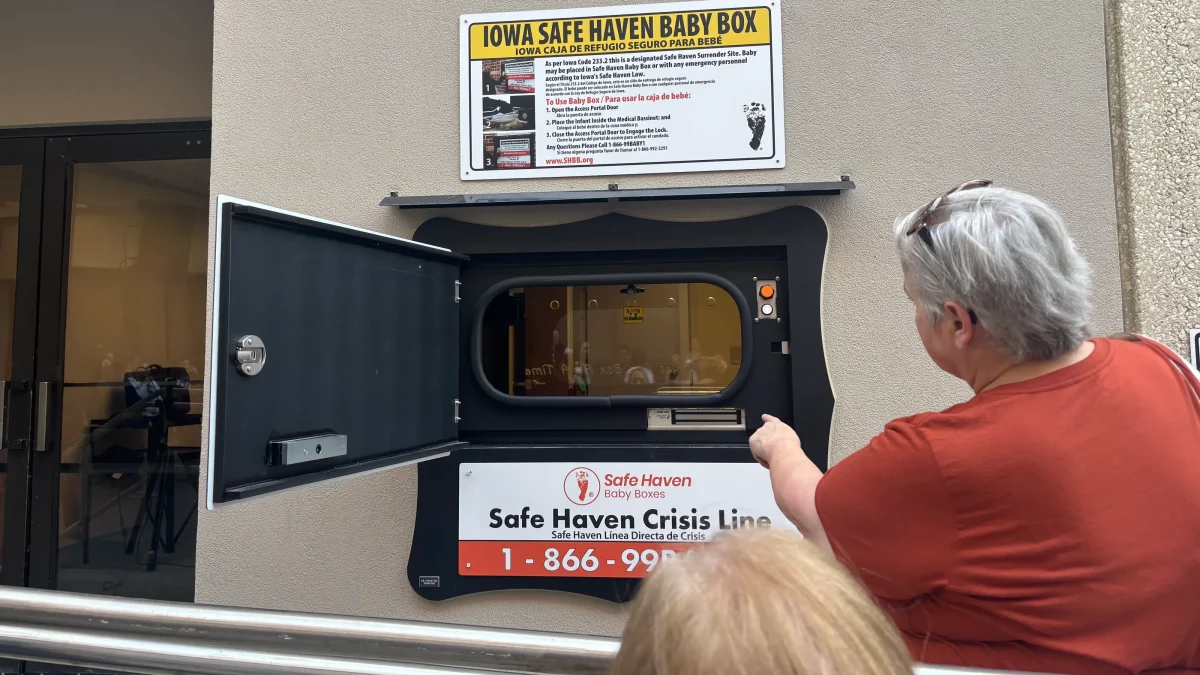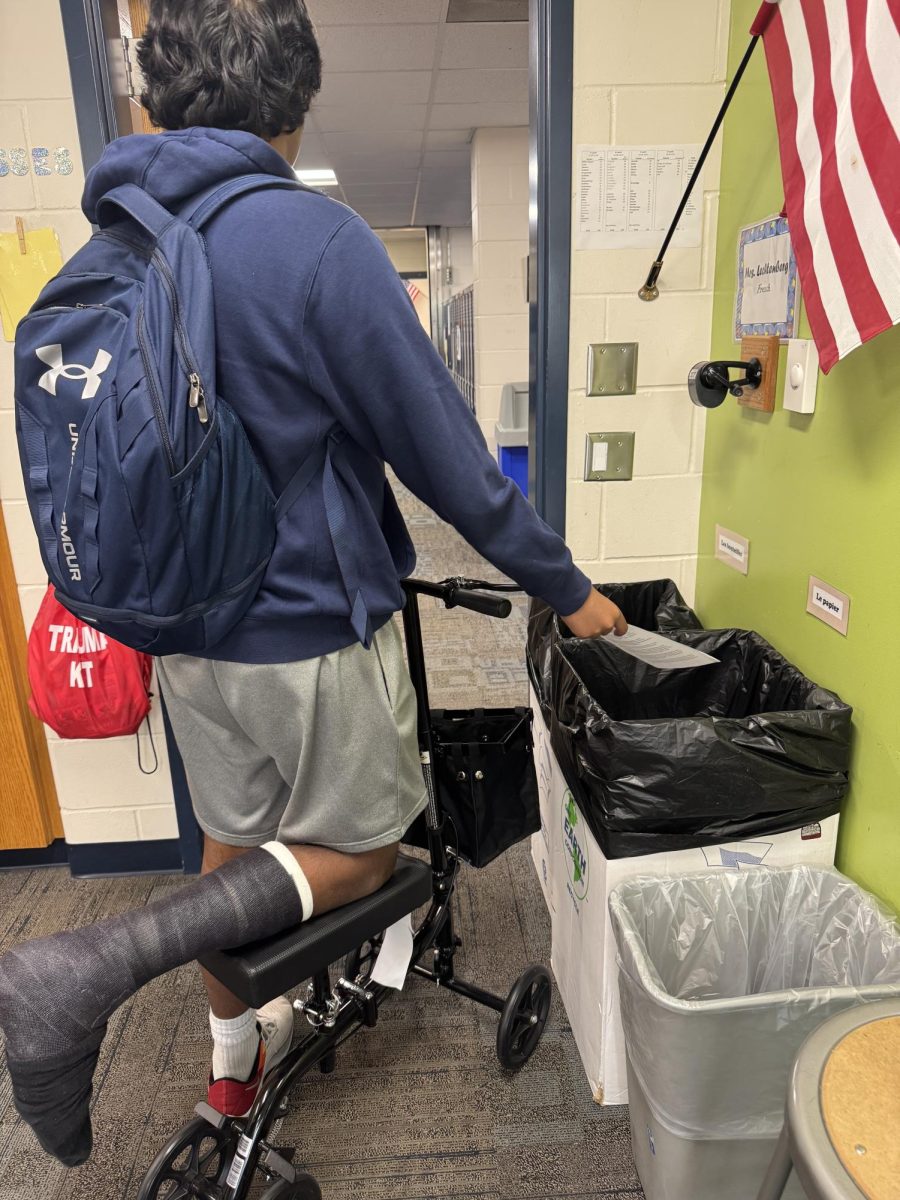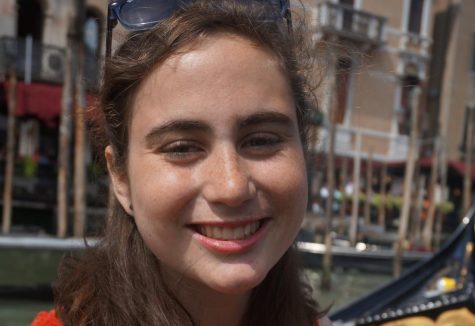Called immigrants in the news, the majority of Central Americans emigrating to the United States are more accurately described as war refugees.
So far in 2018, more than 3.2 million Central Americans have left Guatemala, Honduras, and El Salvador for life in the US.
It is essential that Americans are educated on the real immigrant crisis: the conditions of life south of our borders. Through Sept 2018, there were over 287,000 deportations back to these extremely violent countries and the trials they fled. This the highest number ever.
While Mexican immigration is constantly in the news, the majority of the border crossings are from the Northern Triangle: Guatemala, Honduras, and El Salvador. These countries are three of the four most violent in the world, behind only Syria. America deports tens of thousands of people back to the northern triangle every year.
These immigrants coming to America are no longer seeking economic opportunities, but fleeing the conditions of life in their countries of origin. El Salvador’s rates of violence fell dramatically last year, yet it still counts 81.2 homicides per 100,000 people last year, making it the most violent country in the Americas. In Honduras it was 59 and Guatemala 27.3 per 100,000. For comparison, the US has an average homicide rate of 5.3 and the worldwide average is 6.2.
MSF, Doctors Without Borders, is a humanitarian organization who aides the refugees during the journey. The doctors surveyed hundreds of northern triangle migrants in 2015 and 2016. Of those interviewed, almost 40 percent (39.2) mentioned direct attacks or threats to themselves or their families, extortion or gang-forced recruitment as the main reason for fleeing their countries. In addition, 43.5 percent had a relative who died as a result of violence in the last two years and 31 percent knew someone who was kidnapped.
The MSF also records the stories of some who pass through. A 36 year old Salvadoran woman was helped by MSF in Mexico. “My husband was killed in 2015. Then they (gang members) came, they raped my kid and chased me from my house. They said I should leave, or they would take my kids. I had no other choice. The little money I had, I gave to the pollero (smuggler) to help us. I heard there were stories of rape and kidnapping along the road, but I thought: God will help me through it.”
In Tell Me How it Ends, a book about the intake questionnaire for unaccompanied child migrants written by a translator for New York immigration offices, Valeria Luiselli also records reasons the children she translates for flee.
“Manu tells me a confusing, fragmented story about the MS-13 and their ongoing fight against the Barrio 18. One day some boys from Barrio 18 waited for him and his best friend outside their school … They ran for a block or two, until there was a gunshot. Manu turned around– still running– and saw that his friend had fallen. More gunshots followed … She (his aunt) made him promise he would not leave his house during the weeks that followed. He didn’t attend his friend’s funeral.”
Many crossing the border are refugees. American values strive to preserve life (liberty and the pursuit of happiness) and our laws give asylum to those fleeing violence. There is pride in being a country that supports those in need.



